The global fashion scene shifts fast. People see rising care for our planet and fairness. Sustainable fashion grows not as a small trend but as a major change. Brands and buyers learn the forces behind this trend and find ways to join in.
Why Sustainable Fashion Matters More Than Ever
The fashion world affects our earth. Factories may send about 1.24 billion metric tons of CO2 into the air by 2030 if nothing changes. Most of the harm comes from how clothes are made. Polyester makes more than half of all textiles. It will not break down and gives off toxic microplastics that hurt nature.
Buying more clothes also adds to waste and pollution. New, sustainable choices may help if they become the norm.
The Growth Trajectory: Market Insights
- The sustainable market hit USD 8.04 billion in 2024. It may grow to USD 58.03 billion by 2035 with a 19.68% yearly gain.
- Apparel makes up about 44% of the market by 2035 as many seek eco-friendly styles.
- Organic fabrics may take roughly a 47% share by 2035. These fabrics please consumers with green benefits.
- Online sales expand fast. They may claim 43% of the market by 2035 due to ease and broad reach.
- Europe leads now with 48% of the share, while Asia grows quickly with new energy.

Key Strategies Driving Sustainable Fashion Growth
1. Embracing Circular Economy Models
We move from take‐make‐waste to a cycle of reuse. Circular models stress resale, rental, repair, and recycling. Platforms like ThredUp and Poshmark join this work. More steps are needed to reach full benefits.
2. Innovation in Sustainable Materials
Producers switch to greener choices like cellulose fibers. Brands now boost organic cotton and recycled fabrics. Consumers find that green does not mean less style or quality.
3. Transparent Supply Chains and Ethical Practices
Consumers care for clear and right choices. They trust brands that show real eco-steps and fair labor. Honest sharing of sourcing and practices builds trust.
4. Investing in Advanced Technologies
Giant brands such as H&M back startups in textile recycling. Projects like "Syre" work to lower polyester’s carbon harm. Smart technology turns waste into a steady green cycle.
What Consumers Can Do to Support Sustainable Fashion Growth
- Choose quality over quantity. Timeless, strong pieces slow the fast fashion pace.
- Try second-hand or rental options. These ways extend a garment’s life and cut down waste.
- Look for clear certifications. Eco-labels and open reports often signal true care.
- Support brands that lead in green ideas. Back companies that choose sustainable materials and ethical ways.
The Road Ahead
Sustainable fashion is not a short trend. It is a needed change to shield our planet and communities. Soon, circular ideas, green materials, and clear practices will shape the market.
For brands, this means making sustainability part of every step—from design and sourcing to sales and aftercare. For consumers, it means mindful buying that values quality, ethics, and our earth.
Together, these choices steer fashion toward a future that celebrates both style and our planet.
Ready to take part in the sustainable fashion revolution? Start by exploring eco-friendly fabrics, supporting transparent brands, and embracing circular models. Your choices today set the path for tomorrow's fashion.
At Design Delight Studio, we’re committed to sustainable living and ethical fashion. Every article reflects our passion for mindful choices that empower both people and the planet.
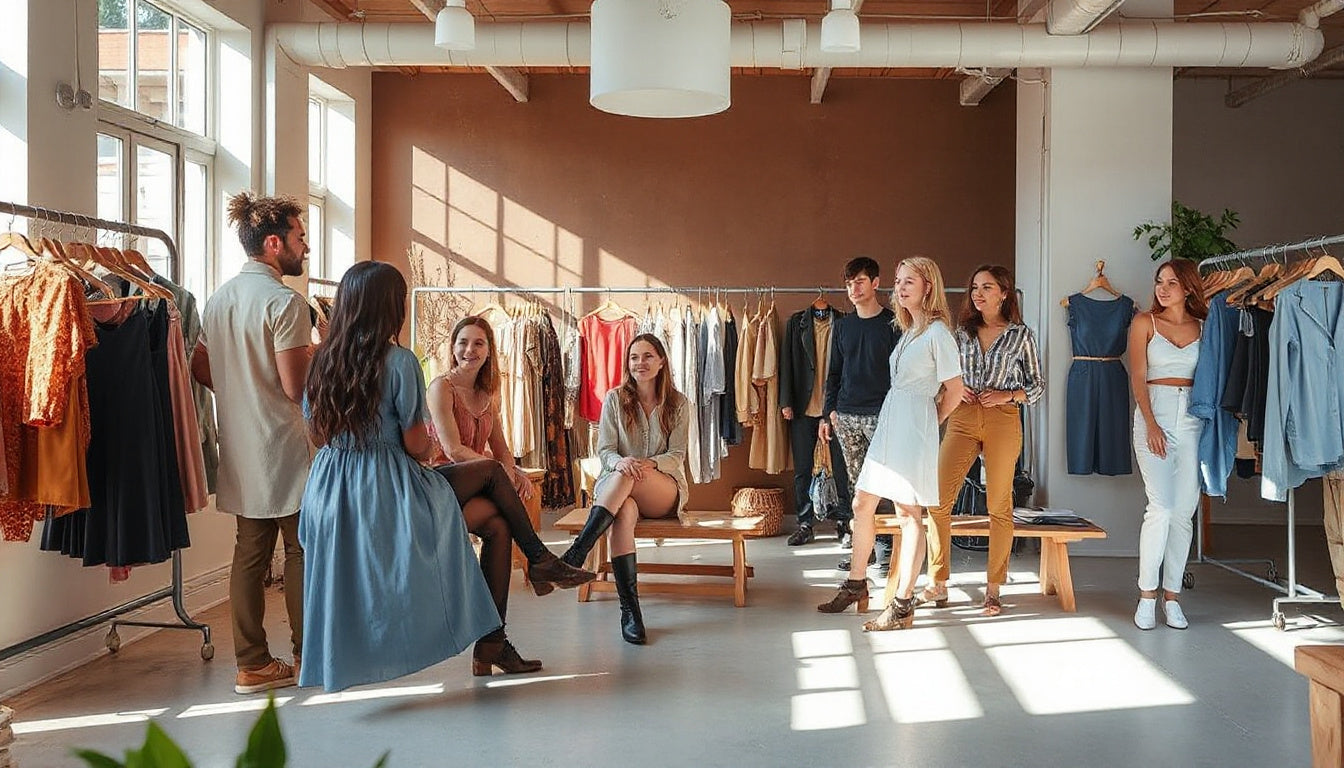

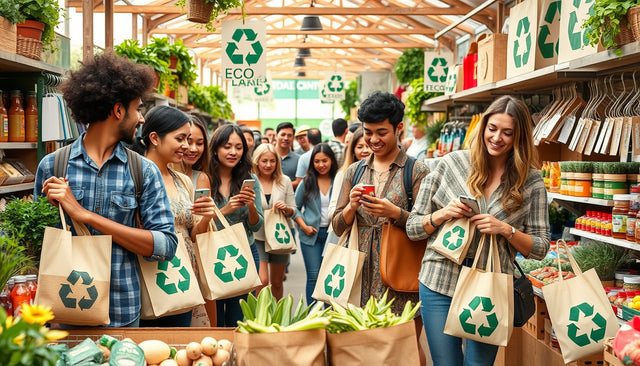
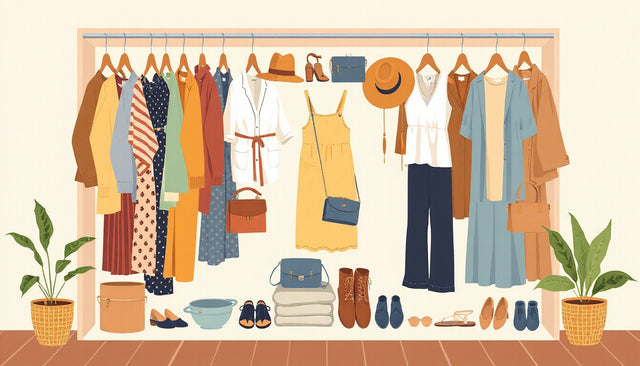
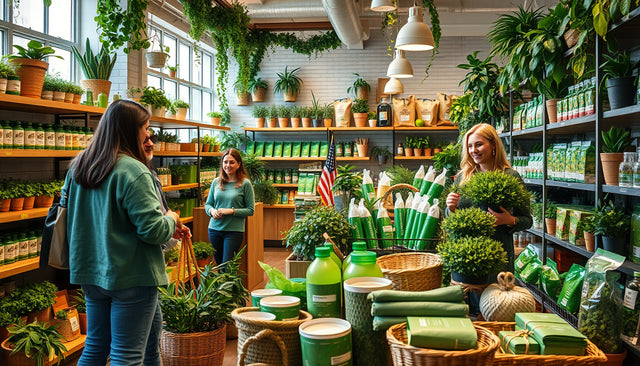
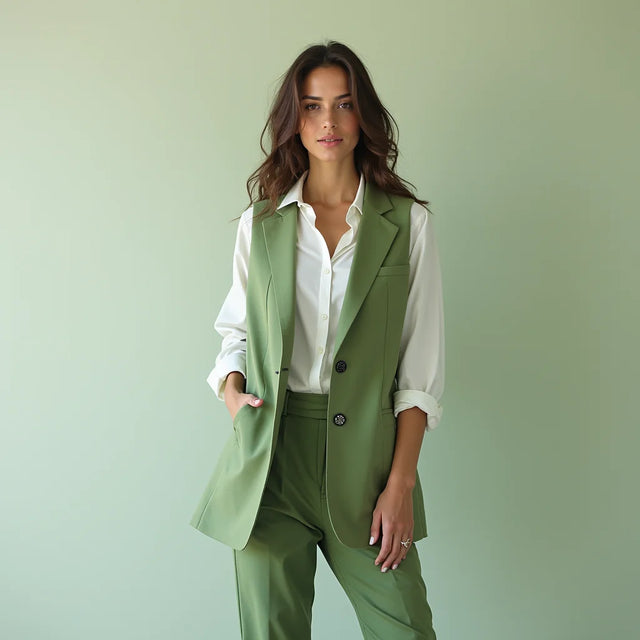
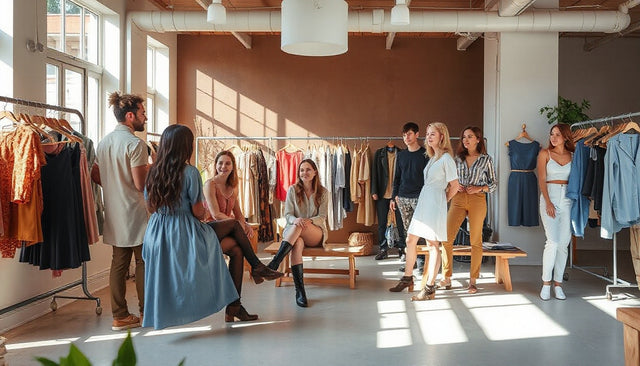















0 comentarios